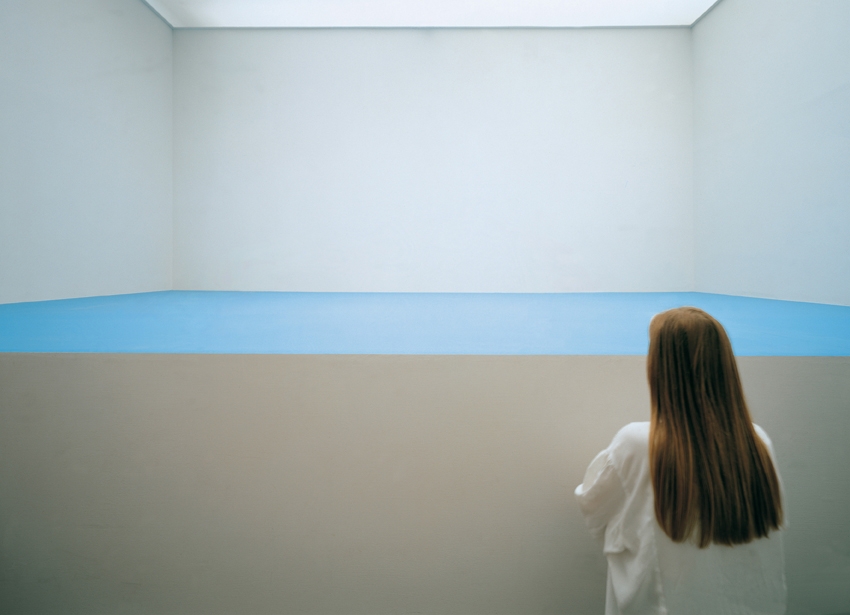The critic Clement Greenberg’s emphasis on abstract beauty as the specific competence of the fine artist, which influenced a generation of painters from Pollock to Rothko, has given way since the 1950s and 60s to a focus within contemporary art on the rethinking of society and art’s role within it. It is rare that an artwork is absolutely devoid of any political, conceptual or social content, whether this be through a consideration of the body (Marina Abramović, Franko B), of metapolitical issues (Beuys, Ai Weiwei), of ontological issues (Duchamp, Magritte) or of a relationship between art and capitalist production (Warhol, Koons).
While one could argue that an absolute disregard for social content does and can exist, such a posture is often too well rehearsed to be genuine. One is reminded of Francis Bacon’s interviews with David Sylvester in which the late artist absolutely refused to acknowledge any social content in his paintings, and the incredulity with which Sylvester treated this point. At the same time, however, the twin forces of art-as-politics, devoid of beauty as a central consideration on the one hand – embodied in the work and actions of Tania Bruguera, Ursula Biemann, the Guerrilla Girls, Grupo Etcetera, Teatro Valle, Voina, Pussy Riot and so on – and the marketisation of art to the nth degree on the other, risk losing something crucial due to their marginalisation of aesthetic beauty.
It is a return to aesthetic beauty as a consideration that underscored the involvement of Naples’s MADRE Museum in Un Giorno Così Bianco, Così Bianco this year, a major retrospective of the work of Ettore Spalletti across three sites: the MAXXI, Rome; GAM, Turin, and the MADRE itself. Of particular interest was La Bella Addormentata (1965), a silhouette of a mountain in the Apennines that evokes the profile of a sleeping woman. The work prefigures Spalletti’s later, entirely abstract works in its depiction of the landscape as something that vibrates and cannot be defined or contained, as the mountain’s sharp yet subtle edges touch empty space. The trinity of mountain, body and viewer somehow leads one outside the museum itself, echoing the intense physicality of Naples, overlooked by its volcano, Vesuvius.
Social art opposes itself precisely to the controlling auspices of rationality – which finds its zenith in the reduction of all things to a monetary value – which the experience of beauty, in its being beyond definition, evades
Spalletti, born in 1940, came from a generation of artists for which formal considerations remained crucial, in a country – Italy – where beauty is arguably valued as in no other. In the exhibition catalogue Spalletti is quoted as saying, ‘Contemporary art, in my opinion, assumes the responsibility of space, as opposed to old art, in which it was delimited by the frame.’ Taken on its own as implying a freeing of painting from its physical frame, this quote is not particularly novel, yet seen in the context of the exhibition and its relationship to Naples and Italy, it can help to highlight what in beauty is crucial for the success of art, even when it retains a rigidly social or market-oriented focus.
For beauty – in Kant’s hugely influential formulation as outlined in his Critique of Judgment (1790) – is a suspension of the capacity of cognition in a subject confronted with something it can’t fully comprehend and which yet holds a peculiar interest. Taking this into account alongside Spalletti’s quote, a further transcendence of the ‘frame’ is implied that may be yet more crucial to striking a balance between social and aesthetic concerns in art.
Social art opposes itself precisely to the controlling auspices of rationality – which finds its zenith in the reduction of all things to a monetary value – which the experience of beauty, in its being beyond definition, evades. In Naples the frame the work of Spalletti goes beyond could be seen to be one that divides the site of art itself from the wider city and region in which it is situated while simultaneously uniting the viewer and the environment of which they are part. This arguably occurs as a suspension of the capacity for critical judgment takes place in the mind of the viewer in front of a work such as La Bella Addormentata.
The false categorisations that comprise rational thought are thereby put on hold: ie, dualities such as body–mind, subject–object, human–nature. As it is these very dualities that lead humans to abuse both the environment and each other – through a lack of recognition of the connectedness of one person to the environment and to all other people – perhaps beauty needs to be restored to art instead of being considered an effete preoccupation associated with Modernism and earlier periods. The risk otherwise is that ‘art-as-politics’, ‘artistic research’ and Conceptualism lose, in their detached coolness, precisely what in art may be exemplary of a better relationship between humankind and nature.
This article was first published in the Summer 2014 issue
